What does a whitefly look like on tomatoes and how to deal with it?
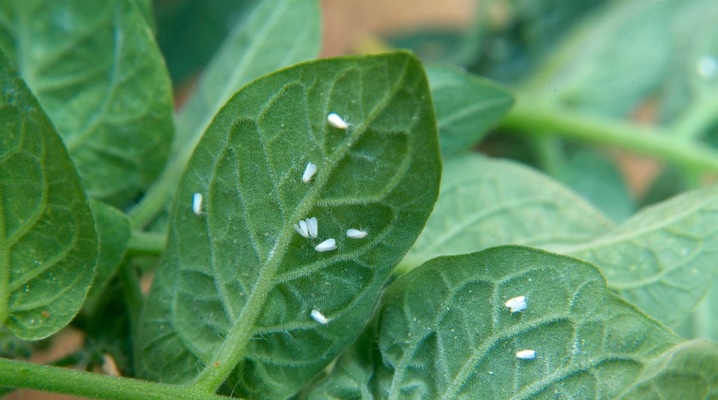
Whitefly is a pest that can kill tomatoes in a period of 10 to 54 days. Knowledge of its physiological characteristics will help to protect the planting from this small but very dangerous insect. How to get rid of flies in an open area and in greenhouses, we will tell you in our review.
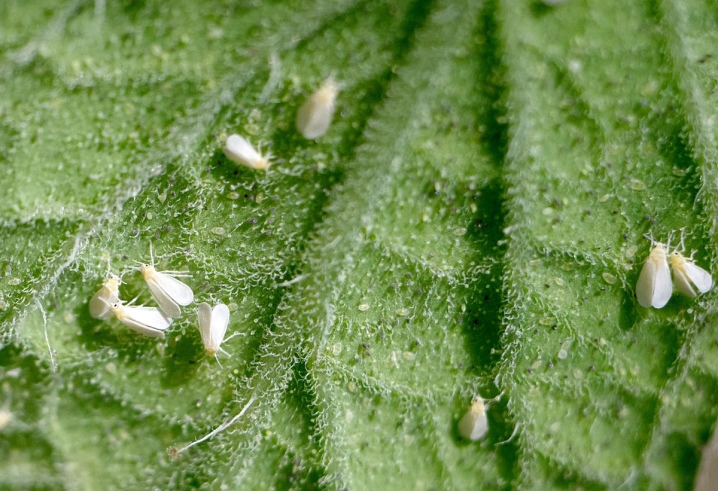
What it is?
Whitefly belongs to the family of Homoptera insects. In total, there are about more than 1500 varieties in nature, the greatest danger to tomatoes is represented by greenhouse and greenhouse individuals. Wet weather and warmth are favorable for the growth and development of whiteflies, so most often it appears in greenhouses. In street gardens in central Russia, the peak of pest activity occurs in the second half of June. The insect retains constant dynamics exclusively in southern latitudes.
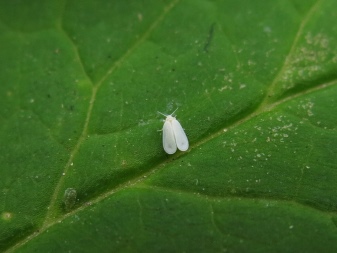
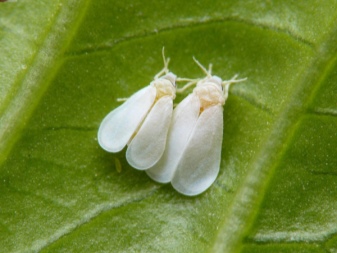
The fertility of the fly directly depends on the parameters of the forage crop. On tomatoes, laying time is 2-3 weeks. During this period, the female is able to lay up to 40-50 eggs. In general, for each generation, the total population of this garden pest increases 10 times.
The source of life for the whitefly is the juice of the shoots and leaves of tomatoes, as well as their roots. Upon contact with an insect, seedlings very quickly lose their vitality, stop in growth and development, and yield completely disappears.
At the same time, both sexually mature individuals and whitefly larvae cause harm to tomatoes.
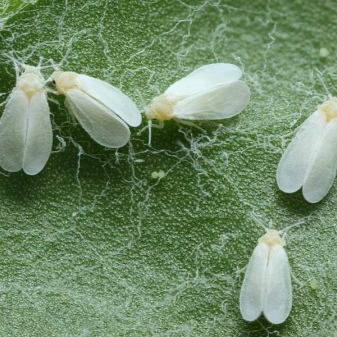
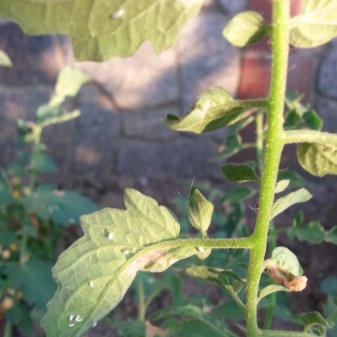
Feeding on the plant's vital juices, the pest infects their green tissues. The waste products of this insect overlap the stomata of the leaf plates. - this leads to disruption of cellular respiration and photosynthesis processes. In such conditions, growth, flowering of culture and the formation of ovaries stops.
The secretions of the whitefly create a comfortable environment for the reproduction of the sooty fungus - it makes itself felt in the form of a dark bloom on the green parts of tomatoes and their fruits. In addition, the whitefly becomes a carrier of viral diseases, the appearance of an insect is often accompanied by mosaics, chlorosis, jaundice and curliness. These diseases cause deformation of the fetus and are not amenable to treatment.
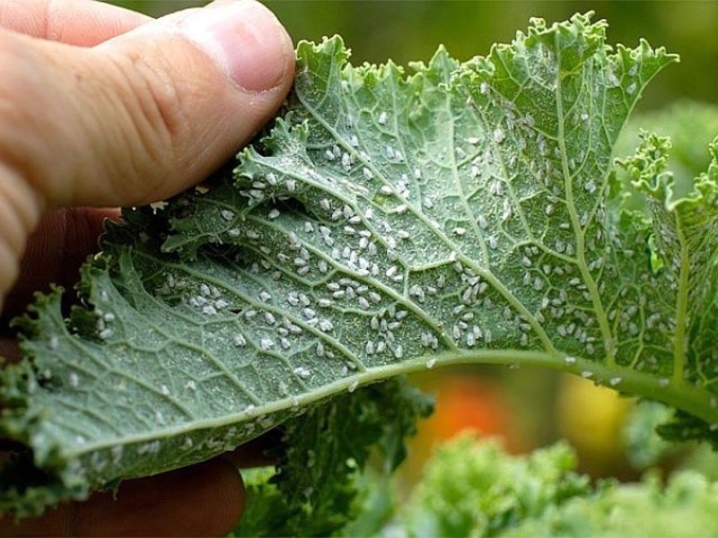
Thus, the invasion of the whitefly can lead to the death of tomato seedlings and the entire crop, which is why the fight against flies should be started as soon as possible.
Reasons for the appearance
Most often, infection occurs from the brought land - garden soil or seedlings purchased with an earthen clod. Less often, independent flights of an insect become the cause. High air temperatures and good moisture content become the optimal habitat for the pest. - at temperatures below +10 degrees, the vital activity of the insect is suspended, and their larvae stop growing.
All this creates an ideal habitat for the pest in greenhouses, where they are most common. In open areas, whitefly usually appears in warm but rainy summers.

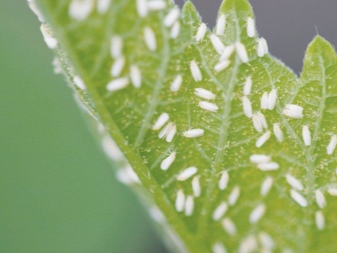
Signs of presence
If midges attacked tomatoes, it will not be difficult to detect them. Usually, the owners of the garden notice light butterflies of small size circling above the plants. If you touch such a bush, then at the same second a flock of insects will fly in different directions. Some other signs indicate the invasion of the whitefly:
-
on the back of the leaf plates, small translucent scales are noticeable - these are insect larvae;
-
whitish marks sticky to the touch are noticeable on the tops - these are sugary secretions of midges;
-
leaves look yellow, curl and begin to fall off, fruit ripening stops;
-
tomatoes ripen unevenly, and inside are often white.
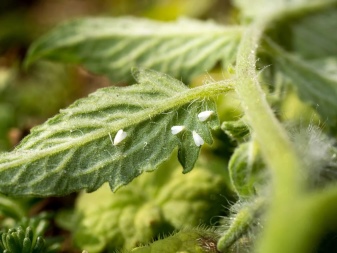
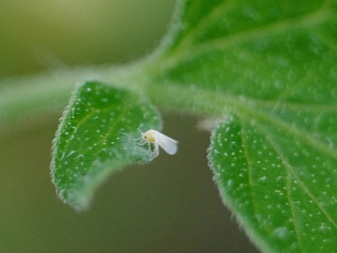
If the appearance of the whitefly is accompanied by a sooty fungus, then brown-brown spots on the fruits and green fragments of the plant will indicate it. At the same time, the leaves look twisted and dry, a white bloom appears on them, which after a while turns black.
Control methods
If midges appear in the garden, the fight against them must be started as soon as possible. Methods for destroying whitefly on tomatoes in open ground and in greenhouses are identical, but in greenhouses it is easier to adjust the microclimate parameters - ventilate, reduce the moisture level and optimize the temperature. It is not possible to do this in an open area. In such conditions, biological methods of fighting the fly give a good effect. They suggest the settlement of the tomato planting zone by natural enemies of this insect - the most famous of them are encarsia and macrolophus.
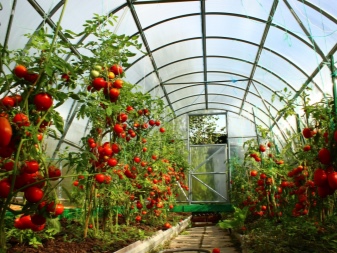
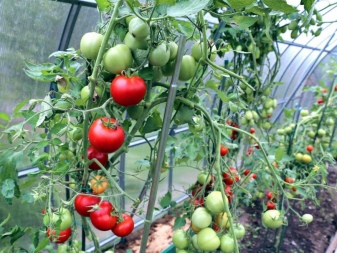
The undoubted advantage of biological weapons is that they do not cause the slightest harm to people, plants, and beneficial pollinators.
Encarsia is one of the wasp species, whose mature specimen uses whitefly larvae to lay eggs. Born microscopic wasps begin to feed on the tissues of the body of their host, and pupate in them. As a result, whitefly larvae are mummified. An adult encarsia also feeds on whitefly larvae, during its life (20-30 days) one individual is able to destroy up to 15 pests. To keep the whitefly population under control, a 1 sq. m will be enough 5 wasps.

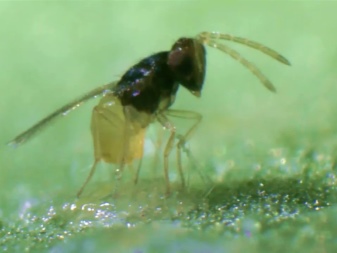
Macrolophus is a predator that uses eggs and insect larvae of whiteflies for food. Its lifespan is about a month, during this period it is able to eat 3000 eggs and 2000 fly larvae.
To contain the growth in the number of insect pests, 5-7 individuals are enough for a plot of 1 square meter.
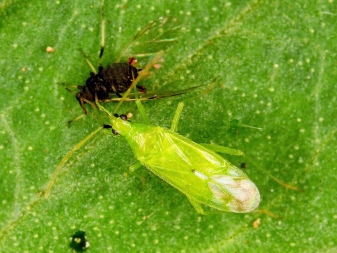
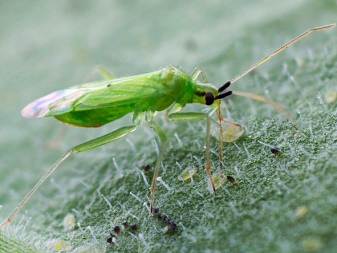
Important: entomophages should be released only in calm weather, preferably in the evening. Living organisms should be populated in the greenhouse no later than 15-20 hours after their purchase.
In an open area, use other fly control techniques. With a small number of pests, physical methods are effective - the tomato pest can be washed off with a strong stream of soapy water. This method gives a result with systematic use, that is, the treatment should be repeated throughout the month every 3-4 days. With large volumes of damage, it is better to make a choice in favor of other means.
Chemicals
Pesticides are highly effective in the fight against whitefly. However, the poison only works if the basic rules are followed.
With a one-time treatment of the affected plants, only the larvae die. At the same time, whitefly eggs remain viable, therefore, after 1-2 weeks, the garden should be sprayed again.
Whiteflies have the ability to adapt to pesticides and form resistance to them. To make the treatment productive, it is necessary to combine the use of several chemicals throughout the season.
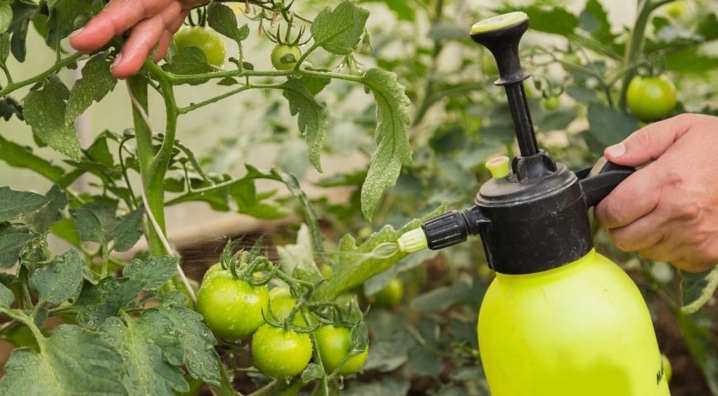
Of the most effective, several drugs are distinguished.
Fitoverm - 5% aqueous solution of aversectin. It has a powerful nerve effect, the whitefly dies after a couple of days after the treatment. Spraying should be carried out 2-3 times at intervals of 15-20 days. Does not form resistance. Non-toxic to humans and pets. Tomatoes can be harvested 3-4 days after spraying.
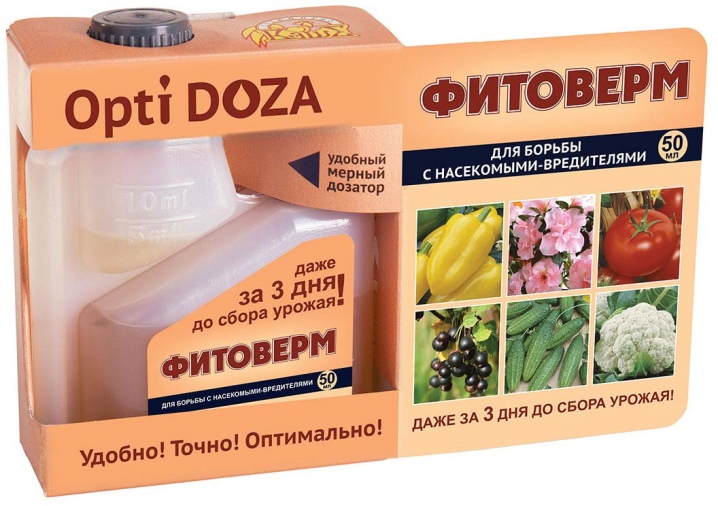
"Actellic" is a composition based on pirimifos-methyl. Causes paralysis of the fly and its instant death. The drug is dangerous for pollinating bees and people, its use is allowed no more than 2 times per season. The waiting time for collection is 25-30 days after processing.

"Aktara" is a remedy with thiamethoxam. Within a quarter of an hour after the spraying, the insect stops feeding, and after another day it dies. Sold in the form of concentrated suspensions or granules. It is not dangerous for people, but it can lead to the death of bees. It is used for spraying tomato seedlings and irrigation at the root. The crop can be eaten no earlier than 3-5 days after using the drug. It is applied once a season.
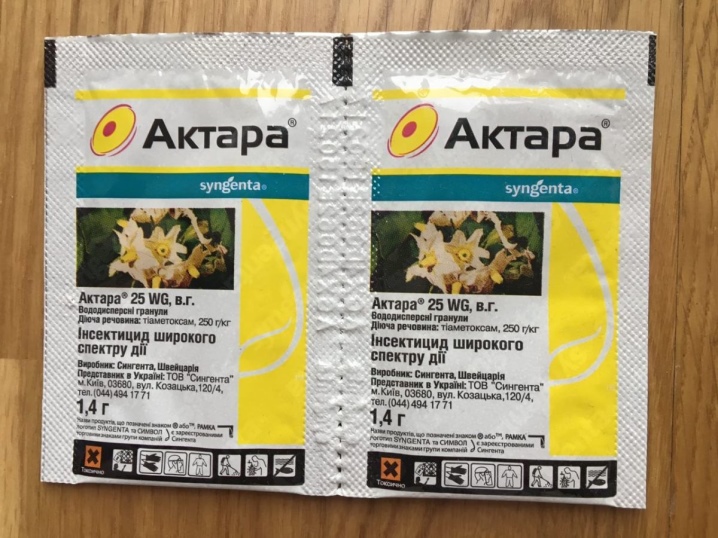
When using any pesticide, it is very important to strictly adhere to the dosage indicated by the manufacturer. To avoid toxic poisoning during processing, use personal protective equipment (gloves, protective shoes, respirator and goggles).
Important: the use of any insecticides is advisable only in advanced cases, when there is a high risk of moving the whitefly to other plants.
The use of chemicals during flowering and fruiting is not allowed, which is why an increasing number of gardeners prefer folk remedies.
Folk remedies
To remove the whitefly, you can use solutions prepared yourself.
-
From garlic: 20 g of crushed garlic cloves are poured into 1 liter of water and insisted for a week. Before sprinkling the plant, the finished concentrate is diluted in a bucket of water.
-
From yarrow: 250 g of herbs are poured into 3 liters of boiling water and insisted for 24 hours. After that, filter, pour into a spray bottle and spray the tomato bushes.
-
From tobacco: 150 g of makhorka and tobacco are poured into 1 liter of water, insisted for 2-3 days and the plantings are processed.
-
From soda and iodine: 30 g of soda ash is stirred in 3 liters of heated water and 15 drops of iodine are added. Damaged areas of the plant are wiped or sprayed once a week for a month.
-
From ammonia: 2 tablespoons of ammonia are diluted in a bucket of water. Processing is carried out before flowering, as well as immediately after it.
-
From vinegar: for this they take 2 tbsp. l. vinegar in a bucket of water. You can use apple cider vinegar, in which case you need to take 5 tbsp. l.
-
Dandelion: 200-300 g of dandelion roots or 400 g of its leaves are crushed and insisted for several hours in a bucket of warm water. For greater efficiency, you can add a handful of finely chopped onions to the infusion.
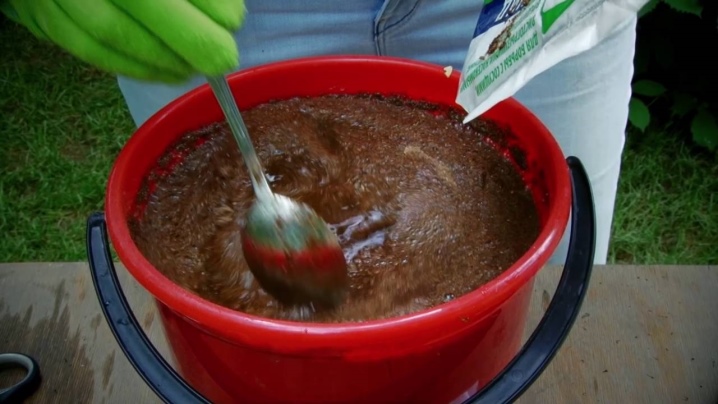
To ensure maximum adhesion of the solution to the green parts of plants and to prevent it from being washed out during rain, you can add 15-20 g of any detergent to the resulting concentrate. To do this, you can take green preparations, grated household or ordinary liquid soap.
Important: folk remedies are effective with frequent use, so treatment should be done every decade.
Hormonal agents
To remove eggs and larvae, use hormonal biological products from pests - "Admiral", "Match". However, they are effective exclusively against larvae and eggs; they do not work on adult whitefly insects. Therefore, their action must be combined with the use of other methods.
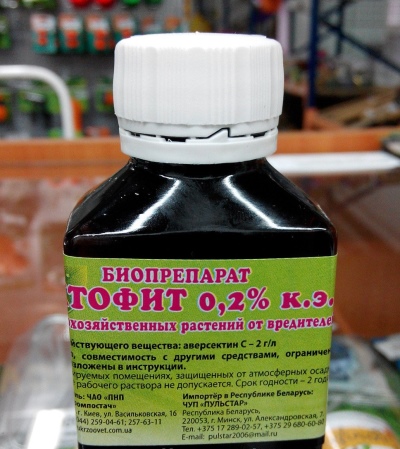
Prevention measures
It is easier to prevent any trouble than to deal with it later. That is why gardeners resort to preventive measures to prevent the appearance of a whitefly in a tomato garden. Most often, the insect enters the site along with the ground, therefore, in order to avoid infection of the site with larvae, the soil and seedlings should be purchased only from reliable sellers.

Midges are a great danger for tomato seedlings. Fragile plants quickly die even from a small number of pests. To protect them from whitefly, you can carry out a one-time treatment of the bushes.
A good effect is obtained by treatment with onion infusion.For its preparation, onions are chopped and diluted with water at the rate of 10 g of onion gruel per 1 liter of water, insisted for 5-10 hours, filtered and irrigated.
Spraying an infusion of garlic, orange, lemon and other herbs with plants with a strong odor can scare away the insect.
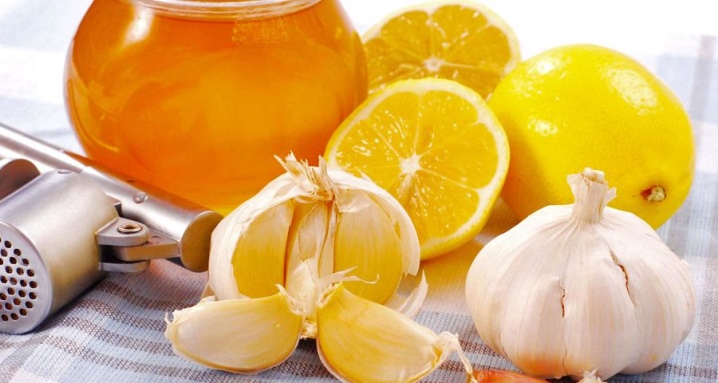
When growing tomatoes in greenhouses, they usually resort to disinfection:
-
in order to disinfect the greenhouse, at the very beginning of spring and at the end of autumn, it is necessary to process all gardening equipment with lime;
-
in winter at low temperatures freezing gives a good effect - for this you should open the windows and doors of the greenhouse and leave for 2-3 days.
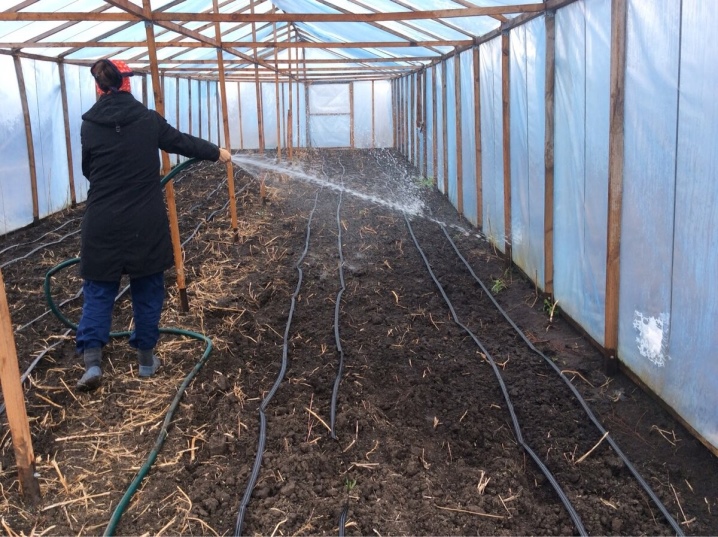
In open areas, the autumn preparation of the site plays an equally important role; disinfection must be completed before the first stable frost. It includes a number of measures.
-
Deep digging of the soil with the addition of wood ash.
-
Collection and burning of all plant residues: foliage, weeds and tops.
-
Replacement or digging of the top layer of soil by a thickness of 10-15 cm. Treatment of the land with any insecticidal preparations.
-
Treatment of all wooden surfaces with slaked lime at the rate of 500 g per bucket of water or staining.
-
Cleaning all metal poles and supports from mold and moss with kerosene.
-
Processing of auxiliary devices (ropes and rods) with a concentrated solution of potassium permanganate.
-
Cleaning glass, frames and plastic panels with a brush with a solution of laundry soap. If signs of fungal infections appear, the use of bleach is allowed.
Obviously, cleanliness and order should be created in the garden or in the greenhouse. It is important to monitor the state of young seedlings and carry out all preventive work in a timely manner. In this case, not a single pest will be terrible for tomatoes, especially the whitefly fly. These simple tips will help you save your plants and get rich harvests.











The comment was sent successfully.